In the hushed reverence of a concert hall, few melodies evoke the sublime quite like Johann Sebastian Bach’s “Air on the G String.” A single violin string, vibrating with celestial precision, becomes a vessel for something far greater than itself—a meditation on beauty, devotion, and the ineffable. This iconic piece, extracted from Bach’s Orchestral Suite No. 3 in D Major, transcends its Baroque origins to whisper across centuries, proving that true sacredness needs no cathedral. It unfolds in the space between notes, in the trembling resonance of a lone G string.
The story of the “Air” is one of serendipitous reinvention. Originally composed in 1730 as the second movement of Bach’s orchestral suite, it was a stately dance for strings and continuo, bathed in sunlight. But in 1871, German violinist August Wilhelmj performed an alchemy: he transposed the entire melody down to C major, allowing it to be played exclusively on the violin’s lowest string—the G string. The effect was transformative. Stripped of ornamentation, the melody seemed to shed its earthly constraints, its plaintive voice rising like incense. Wilhelmj’s adaptation, though a departure from Bach’s intent, became the definitive version, a testament to music’s fluidity.
What is it about this particular arrangement that pierces the soul? The answer lies in its paradoxical simplicity. The violin’s G string, thick and resonant, produces a tone both warm and vulnerable, like a human voice trembling with suppressed emotion. Bach’s melody, now confined to this single string, gains an intimate urgency. Each note lingers, suspended between tension and resolution, as if the musician is drawing breath before a prayer. The absence of harmonic complexity becomes its strength; the listener’s ear, unburdened by counterpoint, focuses on the raw contour of longing. It is music stripped bare, and in that nakedness, divine.
Modern listeners often associate the piece with funerals or moments of solemn reflection, but Bach’s original context was decidedly secular. The Orchestral Suite No. 3 was likely written for the coffeehouses of Leipzig, where bourgeois audiences demanded entertainment alongside their caffeine. Yet even here, Bach—ever the theologian of sound—imbued the “Air” with a quiet gravity. The melody’s stepwise motion mirrors Lutheran chorales, its phrasing echoing the call-and-response of congregational hymns. In Bach’s hands, even a courtly dance could become a vesper.
The “Air on the G String” has also permeated popular culture, from Hollywood films to elevator playlists, yet its sanctity remains oddly unblemished. When Procol Harum adapted it for their 1967 psychedelic hit “A Whiter Shade of Pale,” the melody retained its hymnal quality, draped in Hammond organ instead of gut strings. Similarly, when played at weddings or memorials, it resists cliché, as if the G string itself insists on reverence. This durability speaks to Bach’s genius: he composed not for his era alone, but for the fundamental human experiences of grief, awe, and transcendence.
To hear the piece performed live is to witness a kind of secular sacrament. The violinist’s bow becomes a priestly implement, the G string an altar. Audiences often close their eyes, not out of boredom, but to better feel the vibration in their sternums. There is a collective recognition that this melody—this single, unbroken thread of sound—connects them to something ancient and unchanging. In an age of digital fragmentation, the “Air” offers a rare unity: one instrument, one string, one truth.
Perhaps the most astonishing aspect of Bach’s creation is its mathematical inevitability. The melody follows the Fibonacci sequence in its phrasing, its proportions mirroring the golden ratio found in Gothic cathedrals and seashells alike. Yet this precision never feels cold; rather, it suggests a cosmos ordered by compassion. The G string, when bowed just so, seems to resonate with the same frequency as the human heartbeat. Science and spirit, then, converge in four minutes of music.
In the end, the “Air on the G String” endures because it is both question and answer. It asks how something so simple can hold so much, and then demonstrates that mystery in real time. The single string becomes a metaphor: limitation breeds profundity. Bach, who scribbled “Soli Deo Gloria” (Glory to God Alone) on his manuscripts, might have approved. For in this melody, even the secular listener hears the divine—not in fanfare, but in the quiet insistence of a single, singing wire.

By /Aug 8, 2025
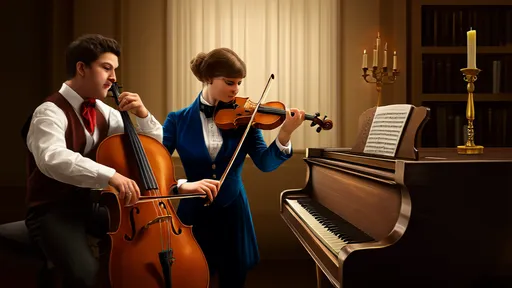
By /Aug 8, 2025

By /Aug 8, 2025

By /Aug 8, 2025

By /Aug 8, 2025

By /Aug 8, 2025
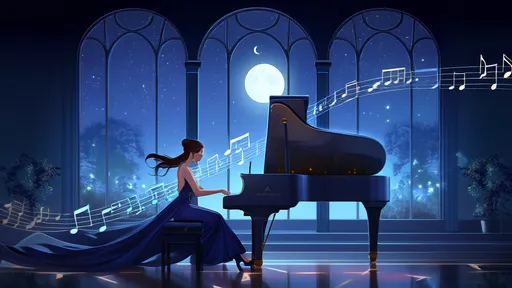
By /Aug 8, 2025
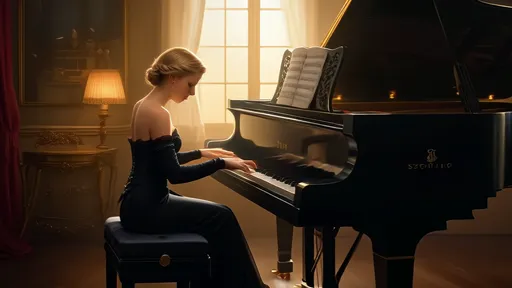
By /Aug 8, 2025
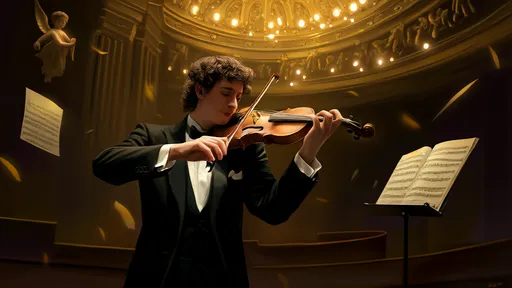
By /Aug 8, 2025
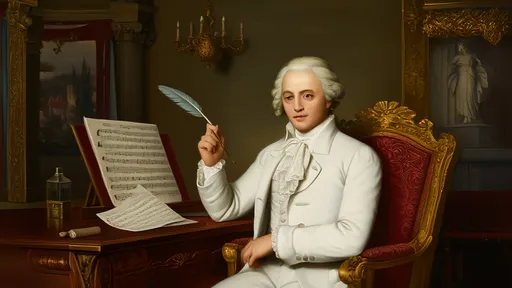
By /Aug 8, 2025

By /Aug 7, 2025
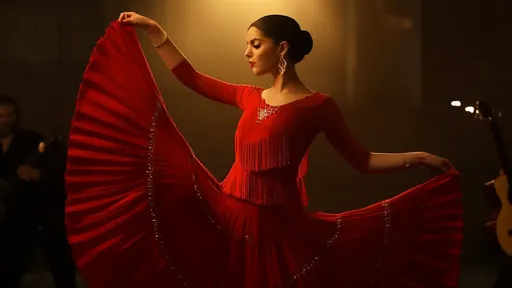
By /Aug 7, 2025

By /Aug 7, 2025

By /Aug 7, 2025

By /Aug 7, 2025
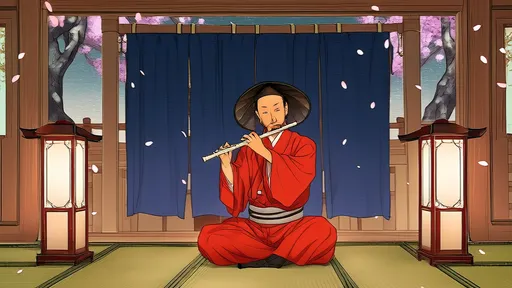
By /Aug 7, 2025
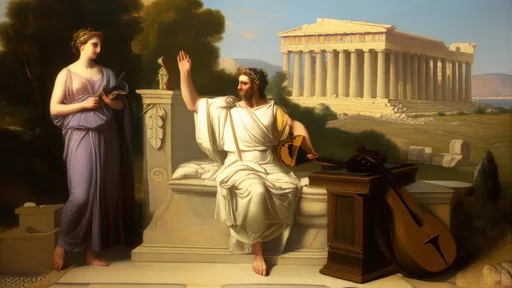
By /Aug 7, 2025

By /Aug 7, 2025
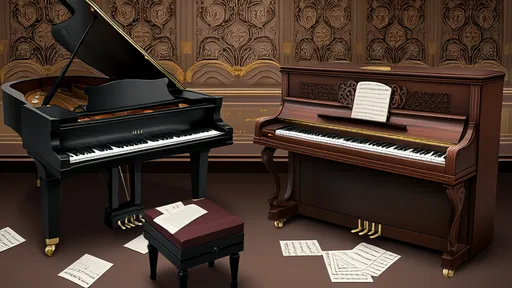
By /Aug 7, 2025

By /Aug 7, 2025